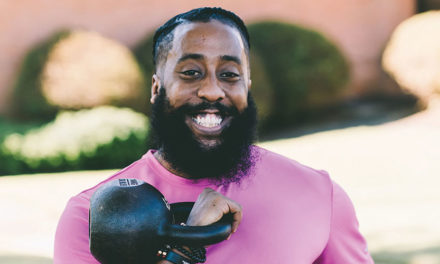I have been helping others tune up their brains with neurofeedback and neurostimulation technologies for over 30 years. Every time I interview someone for the first time, whether it is for peak performance training or to help with a brain problem, I ask, “Have you ever had a brain injury?” Most respond initially with no. However, they almost always change their answer, remembering an instance when they hit their head hard enough to alter their consciousness. Upon further reflection, many remember how a brain injury changed their lives in dramatic ways. The ones who answer my question with a quick yes usually had very serious and immediate problems from a concussion, such as loss of consciousness, coma, paralysis, and disability.
Whenever your head moves rapidly enough, the brain, the soft tofu-like floating organ, sloshes around and bumps against the inside of your skull. With momentum, it continues to bounce for a few laps before coming back to rest. During these bounces, it gets squashed and twisted, causing some of its 100 billion neurons and trillions of neurofilaments to break.
As a network, your brain is like the global internet. When nodes in a network or connections between nodes break, the complexity of the network decreases. And a less complex network is capable of less complex work. Since consciousness is the most complex process we know of, brain injury results in disturbance of consciousness.
A concussion is when your brain is sloshed around hard enough to break some of its neurons and neurofilaments, destroying nodes and connections. Our brains have an abundance of nodes and connections, so a mild concussion may appear to be innocuous. Unfortunately, this is a false belief. Losing nodes and connections in your brain’s neural network is not a good thing. For example, Second Impact Syndrome occurs when someone suffers a blow to the head, and it appears to be inconsequential. Soon after the first blow, however, a second blow proves to be fatal.
A concussion doesn’t require a blow to the head, however. Concussions also occur during car accidents, whiplash accidents, falls, shaken baby syndrome, or any time the head is moved rapidly enough to slosh the brain hard against the skull. After a concussion, you may need to get help to take the steps to protect and heal your brain. Just because you can still walk and talk doesn’t mean you are fine.
Be good to your brain and take concussions seriously. If you have a concussion, get an assessment to find what functions have been impacted and what neural networks have lost power. Make a plan to heal and retrain your brain. In the same way that physical therapy helps the body recover from injury, the field of Neurotherapy can help heal and strengthen brains after a concussion.







